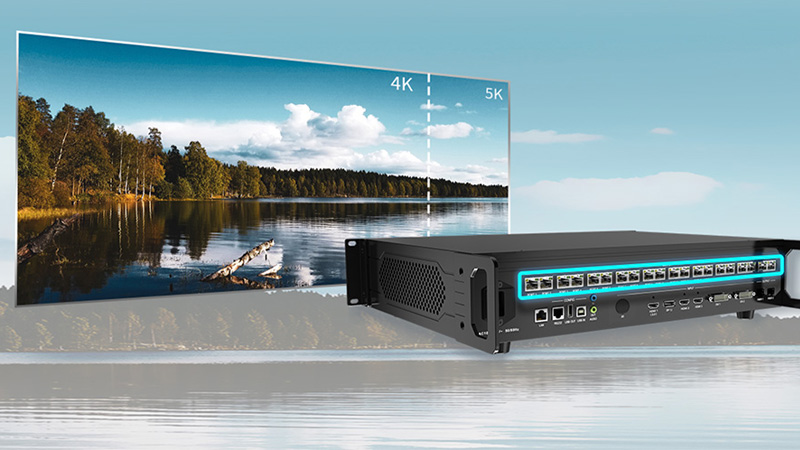
Choosing the Right LED Display Controller for Your Screen
Have you noticed how LED displays are like digital billboards? They light up everything from living rooms to prominent places like Times Square.
Your LED display is a stunning canvas, but its brilliance hinges on a hidden master: the controller. This unsung hero orchestrates every pixel, transforming your screen from a mere display into a captivating experience.
Let’s dive into the world of LED display controllers and discover how to select the perfect conductor for your visual symphony.
1. The Heart of Your LED Display: The Controller
An LED display controller is a specialized device that manages and controls the operation of an LED display. It processes input signals and directs the display to present specific content, effects, and behaviors according to programmed instructions. Built with a microprocessor, memory, input/output interfaces, and communication capabilities, the controller lets users display various media types, such as images, text, and videos, in real-time by connecting to computers, smartphones, and other devices.
An LED display controller is the brain behind your LED screen. It’s the electronic device that manages and controls the display’s functions.
These functions include the following:
Image and video processing:
The controller converts input signals into a format suitable for the LED display.
Pixel control:
It determines the color and brightness of each pixel.
Content management:
It aids in storing and organizing display content.
Synchronization:
It ensures consistent image display across multiple panels (for larger screens). Essentially, the controller translates your desired visuals into a language the LED display can understand.
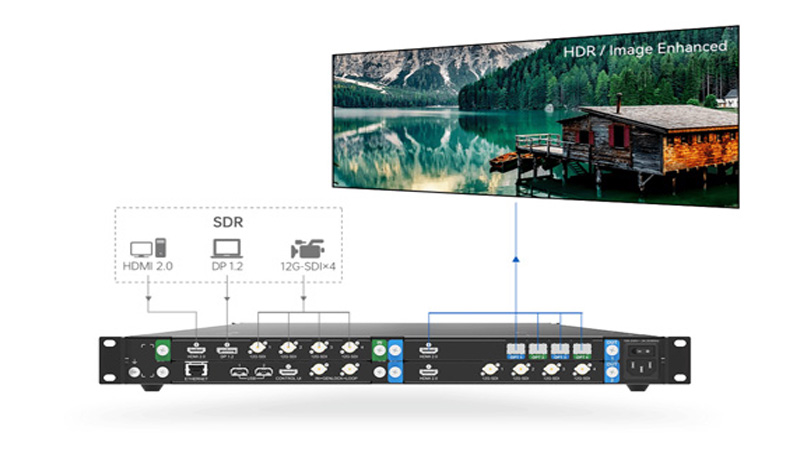
2. Controller Champs: The Types of LED Display Technology
Here are some types of LED Displays:
Image LED Display:
Image LED displays utilize red and green LEDs to produce a wide range of colors. They can display still images with varying brightness levels. While they offer good image quality, they are primarily suited for static visuals.
Video LED Display:
Video LED displays employ red, green, and blue LEDs to generate a full spectrum of colors. These displays excel at showcasing dynamic content like videos, animations, and live broadcasts. They provide high-resolution and vivid visuals, making them ideal for applications demanding immersive experiences.
Text LED Display:
Text LED displays are designed to display primarily textual information. They typically use a single primary color, such as red or green, and are characterized by their simplicity and low cost. These displays are commonly found in digital signage for announcements or basic information.
Digital LED Display:
Digital LED displays utilize seven-segment displays to show numerical data. They are commonly used in clocks, calculators, and other devices requiring precise numerical representation. While limited in graphical capabilities, they offer clear and legible digit displays.
Lattice Image Text LED Display:
Lattice image text LED displays combine the functions of image and text displays. They use a matrix of LEDs to display both images and text simultaneously. While capable of displaying moving text, the image quality is often limited compared to dedicated video displays. These displays offer a balance between image and text capabilities at a relatively affordable cost.
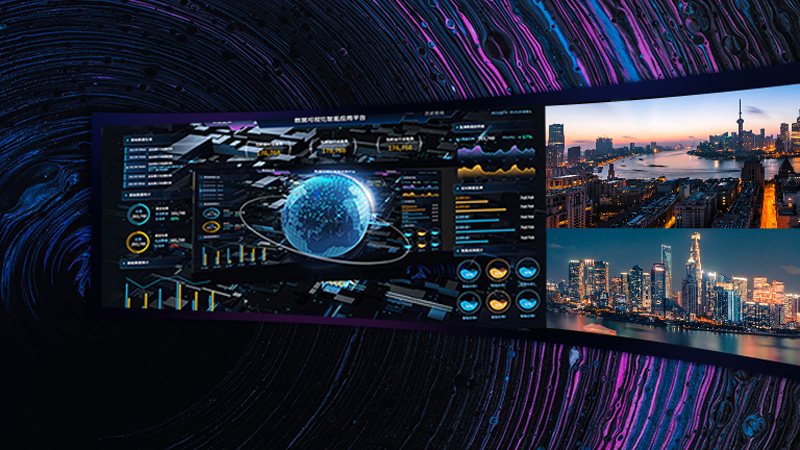
3. Colorlight: Mastering the Canvas of Light
Colorlight controllers are the digital maestros orchestrating breathtaking visual experiences on LED displays. These powerful devices serve as the command center, processing and distributing video signals to create stunning displays.
With a reputation for innovation and reliability, Colorlight controllers have become a preferred choice for various applications, from small indoor screens to massive outdoor billboards.
Colorlight controllers are celebrated for their adaptability, making them suitable for a wide array of applications. From the smallest indoor displays to expansive outdoor billboards, Colorlight offers solutions that cater to diverse needs.
Indoor Applications:
● Retail: Dynamic product displays, interactive installations, and eye-catching digital signage.
● Corporate offices: Information kiosks, meeting room displays, and reception area welcome screens.
● Entertainment venues: The controller’s ability to handle complex lighting and visual effects benefits concert stages, nightclubs, and theaters.
Outdoor Applications:
● Digital billboards: High-resolution, weather-resistant displays for advertising and public information.
● Stadiums and arenas: Large-scale video walls and scoreboards that deliver an immersive fan experience.
● Architectural facades: Stunning light shows and building integrations that transform urban landscapes.
Specialized Applications:
● Rental and staging: Flexible and reliable controllers for temporary installations and events.
● Control rooms: High-performance solutions for monitoring and control centers.
● Transportation: Information displays for airports, train stations, and bus terminals.
Colorlight’s commitment to innovation and extensive product line ensure that a controller is tailored to every project, making it a versatile tool for display designers and engineers.
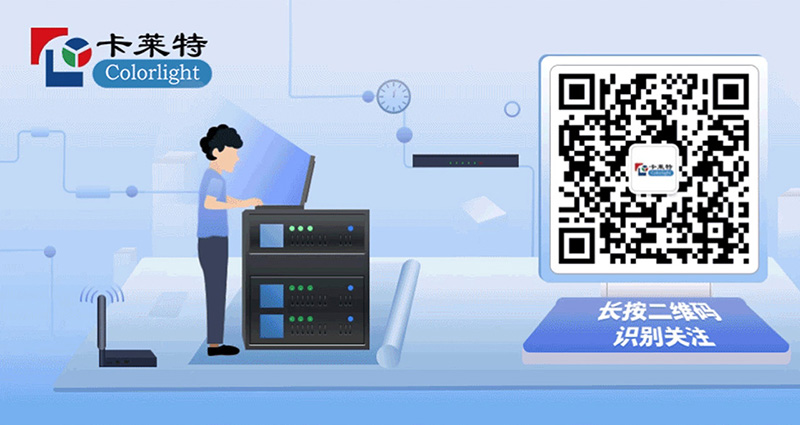
4. The Innovation of Novastar Controllers
Novastar has carved a niche as a pioneer in LED display control technology. With a relentless pursuit of innovation, they have consistently pushed the boundaries of what’s possible.
Novastar controllers are renowned for their exceptional image quality and performance. Their advanced processing algorithms deliver stunning visuals with vibrant colors, high contrast ratios, and smooth motion. This commitment to visual excellence has made them preferred for applications demanding top-notch picture quality.
Novastar offers scalable solutions to meet diverse project requirements, from small indoor displays to massive outdoor installations. Their controllers can handle various pixel pitches and display sizes, ensuring seamless integration and flexibility.
Recognizing the importance of user experience, Novastar has developed intuitive software that simplifies the setup, configuration, and management of LED displays. Their user-friendly interface empowers users to create and control stunning visuals with ease.
Indoor Applications
● Retail: Dynamic product displays, interactive kiosks, and digital signage for enhanced customer engagement.
● Corporate offices: Information displays, meeting room presentations, and reception area welcome screens.
● Entertainment venues: Concert stages, nightclubs, and theaters for immersive visual experiences.
Outdoor Applications
● Digital billboards: High-resolution, weather-resistant displays for advertising and public information.
● Stadiums and arenas: Large-scale video walls and scoreboards for captivating fan experiences.
● Architectural facades: Dynamic displays for building exteriors, creating iconic landmarks.
Specialized Applications
● Rental and staging: Flexible solutions for temporary installations, concerts, and events.
● Control rooms: High-performance controllers for monitoring and surveillance applications.
● Transportation: Information displays for airports, train stations, and public transportation hubs.
● Command and control centers: Real-time data visualization and decision support systems.
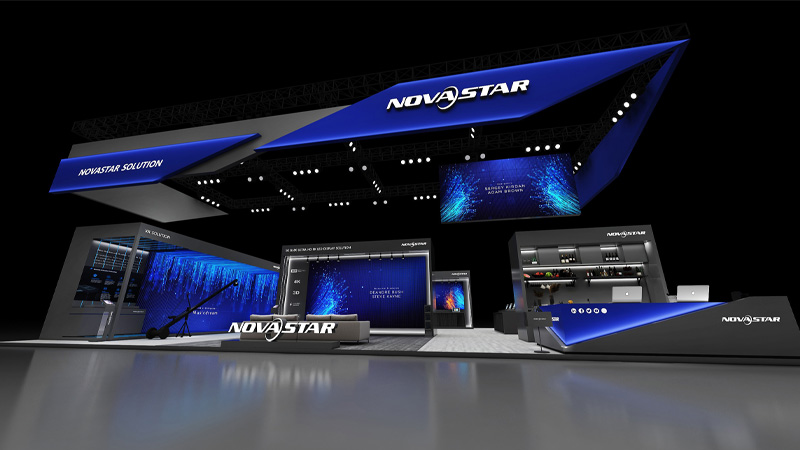
5. LED Control Systems: A Comparison
Choosing the right LED control system is crucial for achieving optimal performance and visual impact.
Key Factors for Comparison
● Scalability: The ability to expand the system to accommodate future growth.
● Image Quality: The clarity, color accuracy, and overall visual appeal of the display.
● Reliability: The system’s ability to operate consistently without failures.
● Ease of Use: The user interface and setup process.
● Cost-Effectiveness: The initial investment and ongoing operational expenses.
● Features: Additional functionalities like content management, synchronization, and calibration.
To illustrate the comparison, let’s examine the two leading brands mentioned: Novastar and Colorlight.
Novastar
● Known for: Scalability, image quality, and reliability.
● Strengths: Handles large-scale projects with ease, delivers exceptional picture quality, and offers robust hardware.
● Weaknesses: It can be more complex to set up for smaller projects, and pricing might be higher than some competitors.
Colorlight
● Known for: Cost-effectiveness, versatility, and user-friendly interface.
● Strengths: Offers a wide range of products to suit various budgets, easy to use for beginners, and provides good value for money.
● Weaknesses: Might have limitations in terms of scalability for huge projects, and image quality might not match the highest standards in all cases.
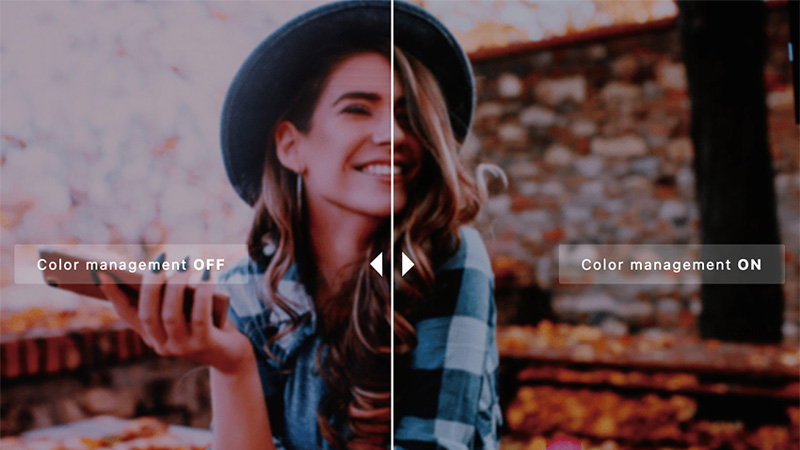
6. Choosing Your Ideal LED Display Controller
When selecting the ideal LED display controller, several factors must be considered to ensure the best performance and value for your specific application. The first thing to evaluate is the controller’s compatibility with your LED display. Different displays have varying resolutions, refresh rates, and pixel configurations, so your controller must support these specifications.
Another critical aspect is the controller’s processing power. For high-definition displays or those used in demanding environments (like outdoor advertising or large event venues), a controller with a robust processor is essential to manage the data load and deliver smooth, flicker-free visuals.
Ease of use and software compatibility are also important. A controller that comes with intuitive software for configuration and management can save time and reduce the learning curve. Additionally, centralized control through user-friendly software can be a game-changer if you manage multiple displays.
When it comes to brands, quality and reliability are paramount.
Two well-known names in the industry are NovaStar and Colorlight. NovaStar is renowned for its high-performance controllers, especially in professional and large-scale settings, while Colorlight offers versatile solutions that balance cost-effectiveness with robust performance. Depending on your specific needs, either of these brands could be the perfect fit for your LED display setup.
Are you seeking a reliable rental LED Display Partner? Look no further!
We specialize in providing a comprehensive range of high-definition rental LED display products meticulously crafted to deliver consistent performance. Whether you’re outfitting a bustling stage, a dynamic trade show, a sophisticated TV studio, a grand conference hall, or any other high-profile venue, our solutions are designed to meet your exact needs.
Create a long-term partnership to elevate your projects. Check this.
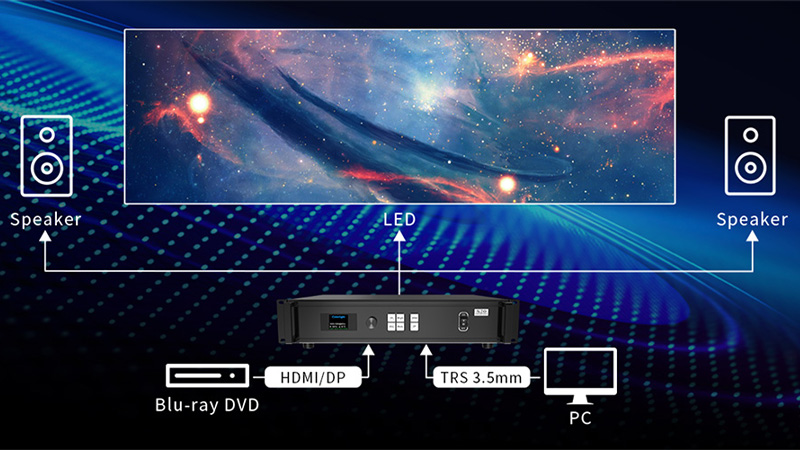
7. Final Thoughts
To choose the best LED display controller, assess compatibility with your display, prioritize processing power, and ensure the software is user-friendly. Consider NovaStar for high-performance needs and Colorlight for cost-effective versatility.
Match the controller’s capabilities to your specific application for optimal results.